Effective Ways to Reduce Your Family’s Carbon Footprint
- September 2, 2024
- 0 comment
In today’s world, reducing your family’s carbon footprint is more important than ever. By making conscious choices and adopting simple strategies, you can significantly lessen your environmental impact. From energy-efficient home improvements to sustainable lifestyle habits, this guide offers practical tips to help you create a greener, more eco-friendly home for your family. Embrace these effective strategies and take meaningful steps towards a healthier planet.
What is a Carbon Footprint?
A carbon footprint refers to the total amount of greenhouse gases, particularly carbon dioxide (CO2) and methane (CH4), that are emitted into the atmosphere as a result of human activities. These emissions are typically measured in units of carbon dioxide equivalents (CO2e) to account for the different global warming potentials of various gases. Common sources of a carbon footprint include the burning of fossil fuels for energy, transportation, industrial processes, and even everyday activities such as heating and cooling homes, using electronic devices, and consuming goods and services.

Understanding and reducing our carbon footprint is crucial for combating climate change and mitigating its impacts on the environment. Each individual and organization contributes to this footprint through their choices and behaviors, from the energy used in households to the carbon emissions associated with products and services consumed. By adopting more sustainable practices, such as improving energy efficiency, using renewable energy sources, and reducing waste, it is possible to lower our carbon footprint and contribute to a healthier planet.
10 Effective Strategies to Reduce Carbon Footprint & Make Your Family Greener
1. Upgrade to Energy-Efficient Appliances
Energy-efficient appliances, such as refrigerators, washing machines, and dishwashers, are designed to use less energy while providing the same or better performance compared to standard models. These appliances often come with an Energy Star rating, which indicates that they meet specific efficiency standards set by environmental agencies.

By upgrading to these models, you can significantly reduce your household’s energy consumption, leading to lower utility bills and reduced greenhouse gas emissions. Over time, the savings on energy bills can offset the initial investment in these appliances, making them a cost-effective and environmentally friendly choice.
2. Optimize Home Insulation
Proper home insulation is essential for maintaining a comfortable indoor temperature and minimizing the need for heating and cooling. Effective insulation in walls, attics, and floors helps to keep warm air inside during the winter and cool air inside during the summer, reducing the workload on heating and cooling systems. This can lead to substantial energy savings and lower carbon emissions.
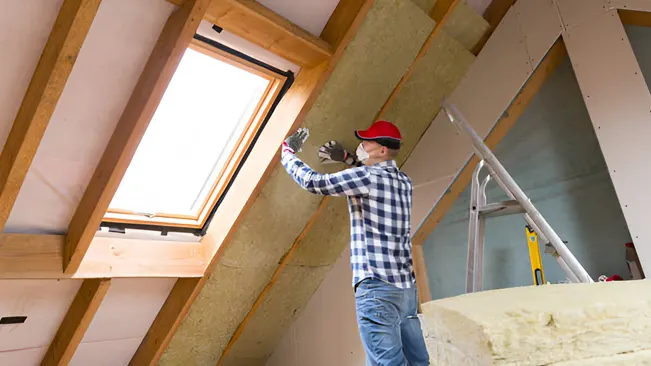
Tips for improving insulation include sealing gaps around windows and doors, adding weatherstripping, and using insulating materials such as fiberglass or foam. Ensuring that your home is well-insulated not only improves energy efficiency but also enhances overall comfort.
3. Switch to Renewable Energy Sources
Renewable energy sources, such as solar panels and wind turbines, harness natural processes to generate electricity with little to no greenhouse gas emissions. Solar panels capture sunlight and convert it into electricity, while wind turbines use wind to generate power. These renewable options can significantly reduce your carbon footprint and dependence on fossil fuels.

To evaluate and choose a green energy provider, consider factors such as the provider’s energy sources, cost, and available incentives or rebates. Transitioning to renewable energy can be a substantial investment, but it provides long-term environmental benefits and can increase the value of your home.
4. Adopt Sustainable Transportation Methods
Sustainable transportation methods help to lower carbon emissions associated with travel. Carpooling and using public transportation reduce the number of vehicles on the road, cutting down on traffic congestion and pollution. Biking and walking are excellent alternatives for shorter trips.
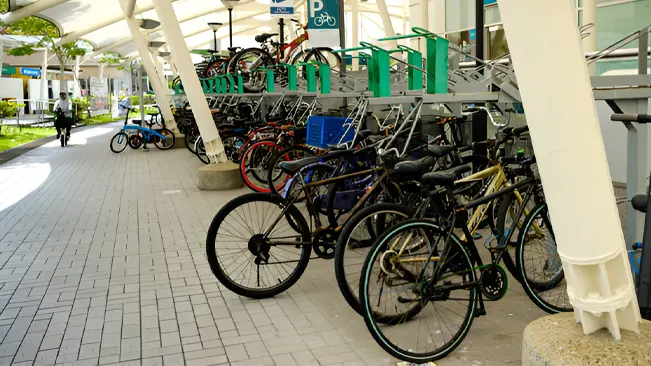
For those considering a new vehicle, electric and hybrid cars offer significant reductions in emissions compared to traditional gasoline-powered vehicles. Additionally, reducing travel through remote work and virtual meetings minimizes the need for commuting, further lowering your carbon footprint.
5. Implement Water-Saving Measures
Water-saving measures help to conserve this precious resource and reduce the energy required to heat water. Installing low-flow fixtures, such as showerheads and faucets, can significantly decrease water usage without sacrificing performance. Regularly checking for and repairing leaks in pipes and fixtures also helps to prevent water waste.

For gardening and landscaping, consider practices such as xeriscaping, which uses drought-resistant plants and efficient irrigation techniques to reduce water consumption. By adopting these measures, you can lower your household’s water usage and environmental impact.
6. Reduce, Reuse, and Recycle
Minimizing waste through the principles of reducing, reusing, and recycling is crucial for environmental conservation. Reducing waste involves making mindful choices to limit unnecessary purchases and opting for products with minimal packaging. Reusing items, such as containers and clothing, extends their lifecycle and reduces the need for new products.
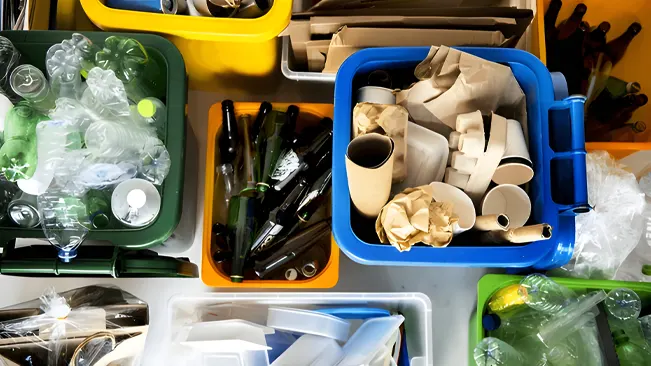
Recycling involves sorting and processing materials like paper, glass, and plastics to be repurposed into new products. By following these strategies, you can reduce the amount of waste sent to landfills, conserve resources, and lower your carbon footprint.
7. Support Local and Organic Foods
Eating locally-sourced and organic foods has several environmental benefits. Locally-produced food typically requires less transportation, reducing emissions associated with shipping and packaging. Organic farming practices often use fewer synthetic chemicals and fertilizers, promoting healthier soil and ecosystems.

By supporting local farmers’ markets and planning meals to incorporate seasonal produce, you can reduce your carbon footprint and support sustainable agriculture. Additionally, minimizing food waste by planning meals and storing food properly helps to reduce the overall environmental impact of food production and consumption.
8. Practice Energy-Conscious Behavior
Simple habits can make a significant difference in energy conservation. Turning off lights and unplugging electronic devices when not in use helps to reduce unnecessary energy consumption. Using programmable thermostats allows you to set heating and cooling schedules that match your family’s needs, preventing energy waste.
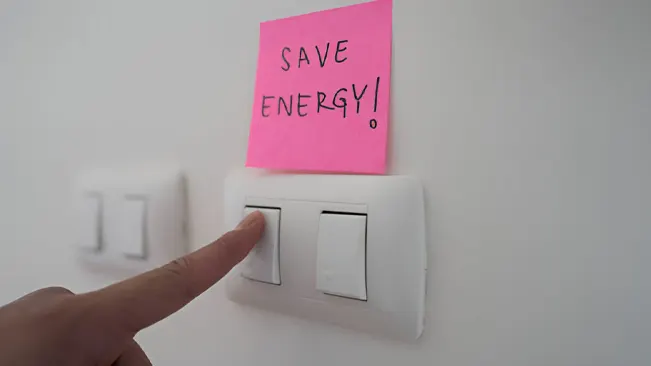
Switching to energy-efficient lighting, such as LED bulbs, reduces electricity use and lasts longer than traditional incandescent bulbs. Incorporating these energy-conscious behaviors into daily routines contributes to lower energy bills and a reduced carbon footprint.
9. Encourage Green Living at Home
Educating family members about the importance of sustainability and involving them in eco-friendly practices fosters a culture of environmental responsibility. Create a home recycling program by setting up bins for paper, plastic, glass, and metal, and encourage everyone to participate.

Composting organic waste, such as food scraps and yard clippings, reduces landfill waste and creates nutrient-rich soil for gardening. By promoting green living habits and engaging in sustainable practices, you can collectively contribute to a healthier environment and instill lifelong eco-conscious values.
10. Participate in Community Green Initiatives
Getting involved in local environmental projects and events helps to support broader sustainability efforts and foster community engagement. Volunteer for tree planting programs, clean-up events, or conservation projects to make a tangible impact in your area.

Supporting and advocating for policies that promote environmental sustainability, such as renewable energy incentives and waste reduction programs, helps to drive systemic change. By participating in and supporting community green initiatives, you contribute to a collective effort to protect the environment and build a more sustainable future.
Finding Your Family’s Carbon Footprint
Determining your family’s carbon footprint is crucial for understanding and reducing your environmental impact. On average, individuals in industrialized countries contribute about 11 tons of CO2 annually, while experts recommend a target of just 2 tons per year to ensure long-term sustainability. To help assess your family’s footprint, the U.S. Environmental Protection Agency (EPA) offers an online carbon footprint calculator. This tool evaluates emissions from various sources, including transportation, household energy use, and waste production, and provides insights on how lifestyle changes can affect your overall emissions.
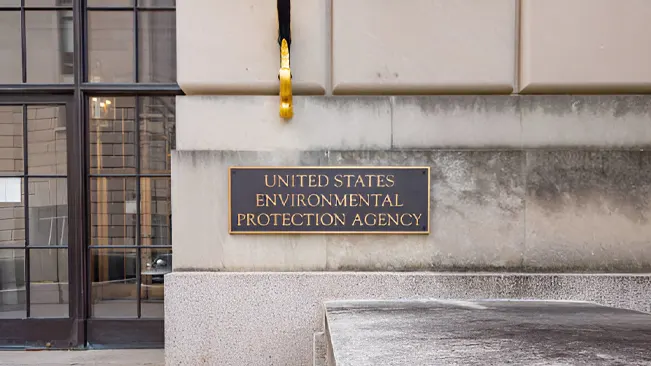
The EPA estimates that a typical four-person household generates around 83,000 pounds of greenhouse gases annually, or approximately 20,750 pounds per person. Factors such as driving habits, vehicle fuel efficiency, home energy consumption, and waste management all influence this figure. Although the scale of these emissions can seem daunting, understanding the contributions from daily activities highlights how small adjustments in each person’s routine can lead to meaningful reductions in your family’s carbon footprint.
Conclusion
In conclusion, adopting strategies to reduce your family’s carbon footprint can have a significant environmental impact. By upgrading appliances, improving insulation, and choosing renewable energy, you can cut down on emissions. Embracing sustainable transportation, saving water, and supporting local foods also play a crucial role. Simple changes like practicing energy-conscious habits and participating in community green initiatives further enhance your efforts. Together, these actions help create a healthier planet and a more sustainable future for your family.
FAQs
- What is a carbon footprint?
A carbon footprint measures the total greenhouse gas emissions produced by an individual or household, primarily from activities such as energy use, transportation, and waste. It is typically measured in units of carbon dioxide equivalents (CO2e). - How can upgrading to energy-efficient appliances help reduce my carbon footprint?
Energy-efficient appliances use less energy than standard models, leading to reduced greenhouse gas emissions. They also lower your utility bills over time, making them a cost-effective choice for reducing your carbon footprint. - What are some effective ways to optimize home insulation?
Improving home insulation involves sealing gaps around windows and doors, adding weatherstripping, and insulating walls and attics. Proper insulation helps maintain indoor temperatures, reducing the need for heating and cooling and lowering energy consumption. - Why should I consider switching to renewable energy sources?
Renewable energy sources like solar and wind generate electricity with minimal greenhouse gas emissions. Switching to these sources reduces your reliance on fossil fuels and helps lower your household’s carbon footprint. - What are some sustainable transportation methods I can adopt?
Sustainable transportation methods include carpooling, biking, using public transit, and considering electric or hybrid vehicles. Reducing travel through remote work and virtual meetings also helps cut down on emissions. - How can I implement water-saving measures in my home?
Install low-flow fixtures, such as showerheads and faucets, and repair any leaks promptly. Practices like water-efficient gardening and using drought-resistant plants can also help conserve water. - What are the benefits of supporting local and organic foods?
Local and organic foods often have a lower carbon footprint due to reduced transportation and fewer synthetic chemicals. Eating locally and planning meals to minimize food waste further reduces your environmental impact. - What simple habits can help me save energy at home?
Turn off lights and unplug devices when not in use, use programmable thermostats to manage heating and cooling, and switch to energy-efficient lighting like LEDs. These habits can significantly reduce your energy consumption. - How can I encourage green living at home?
Educate your family about the benefits of sustainability, set up a recycling program, and start composting organic waste. Encouraging eco-friendly practices helps foster a culture of environmental responsibility. - Why should I participate in community green initiatives?
Participating in local environmental projects and supporting sustainability policies helps drive broader systemic change. Community involvement amplifies individual efforts and contributes to larger environmental improvements.

Joel Cunningham
Forestry AuthorI'm Joel Cunningham, an expert in pruning and weed management with over a decade of experience. My skills are rooted in formal training and extensive practice, focusing on advanced pruning techniques and efficient weed control. I'm known for my quality work, precision, and deep understanding of plant health and soil dynamics. My contributions extend to educational initiatives where I share sustainable practices and advice, establishing myself as a reliable and authoritative figure in the gardening community.













Leave your comment